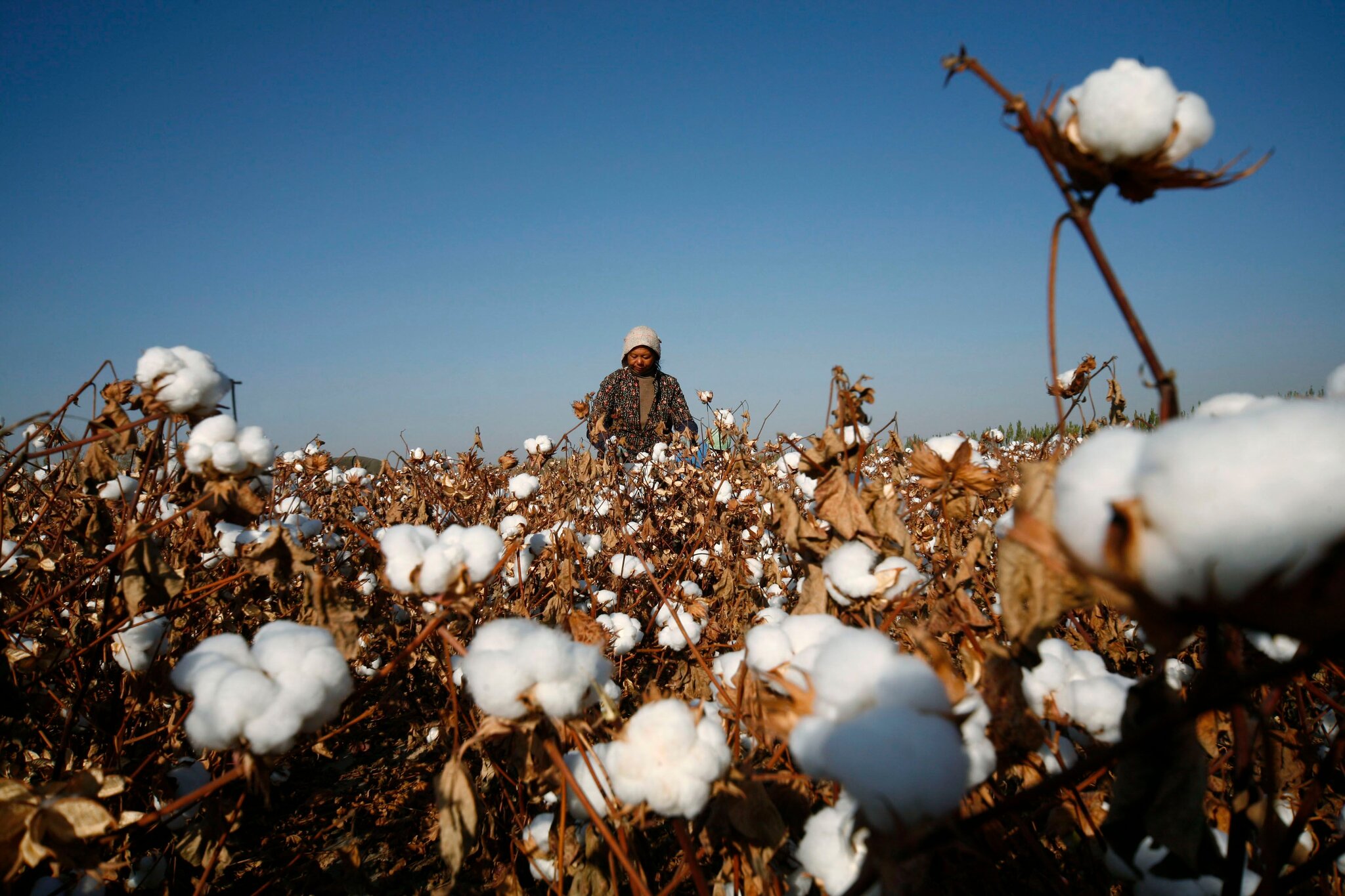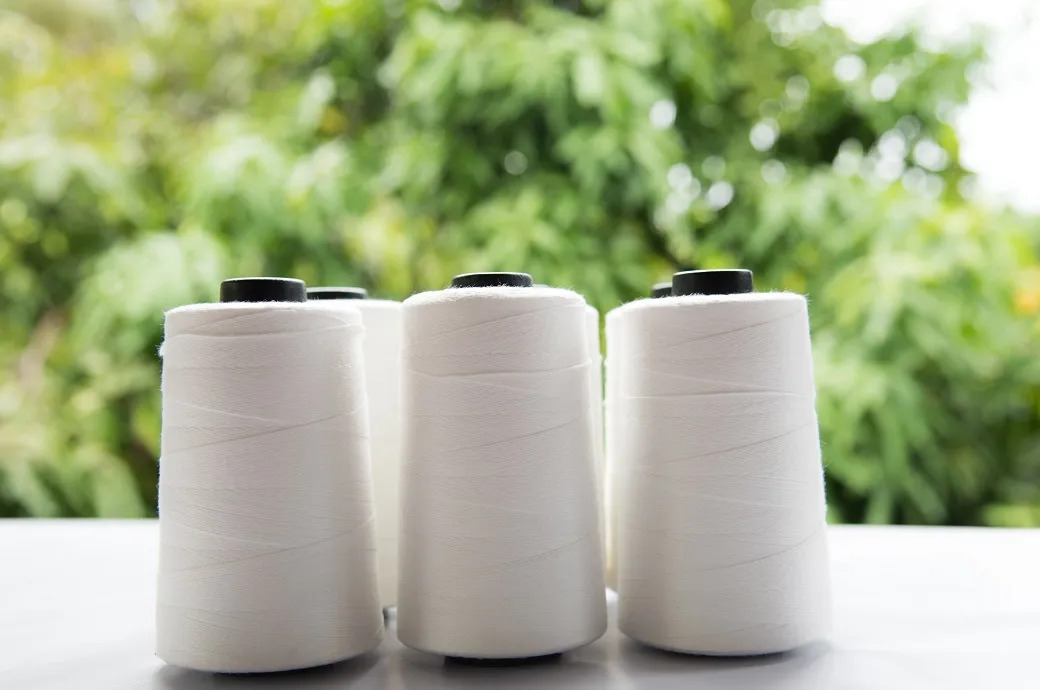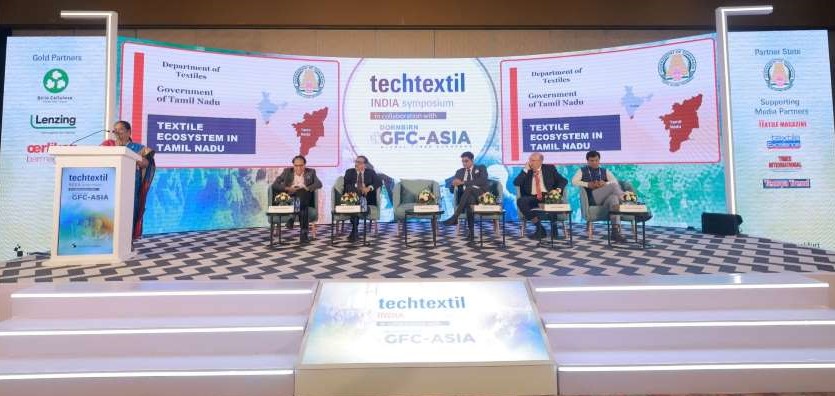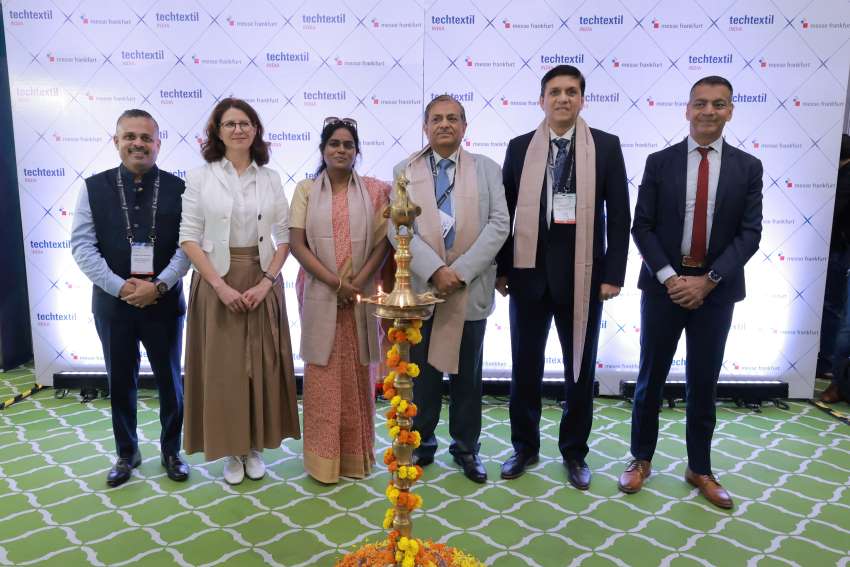"India’s textile sector has the second-largest employment after agriculture, employing 32 million workers. It has the potential to double employment in the next seven years as per the vision document (for 2024-25). India has a rich mix of synthetic and natural fibres and yarns but still remains a cotton-focused. India was finding it profitable to export raw cotton to China because of Chinese government’s support for stockpiling cotton yarn. Also, the presence of cotton in yarn, fibre, fabric and garments is close to 70 per cent of usage within India, which is also reflected in exports."
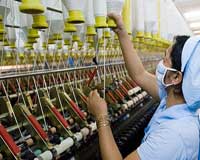
India’s textile sector has the second-largest employment after agriculture, employing 32 million workers. It has the potential to double employment in the next seven years as per the vision document (for 2024-25). India has a rich mix of synthetic and natural fibres and yarns but still remains a cotton-focused. India was finding it profitable to export raw cotton to China because of Chinese government’s support for stockpiling cotton yarn. Also, the presence of cotton in yarn, fibre, fabric and garments is close to 70 per cent of usage within India, which is also reflected in exports. But, global trends are exactly the opposite, i.e., it has 70 per cent of synthetics and man-made fibres. So, India’s domestic and export mix is the opposite of global fashion and demand trends.
The inverse skew
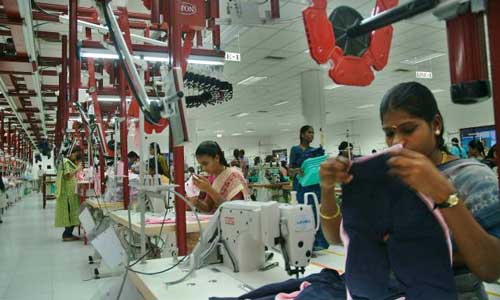
The inverse skew of fibre usage in India is due to the skewed tax treatment. Until GST, the cotton value chain wascompletely free of indirect taxation whereas man- made fibre suffered a dead-weight tax of 12 per cent excise. That anomaly was supposed to be removed by uniform GST. Instead of a fibre-neutral policy, we have a dual GST structure, with 18 per cent GST on upstream, and 5 per cent on all downstream, leaving an inverted duty structure. This has already led to much disruption, as can be seen in shutdowns or strikes in powerloom clusters in Bhiwandi or Coimbatore.
Urgent need for a new policy
Textiles, along with agriculture, construction and tourism, have large-scale job creation potential. It is a sector dotted with small and medium enterprises, which make up 80 per cent of the units. Thus, it is ideally positioned to be a poster boy for ‘Make in India’. This is also a sector which is undergoing a huge change due to automation, digital printing and the relentless rise of e-commerce. These developments threaten to completely change the face of this industry. India’s share of textile exports in total exports (at 12 per cent), is half of what it was in 1996. Bangladesh’s garment exports exceeded India’s in absolute terms back in 2003 and today, it exports twice that of India. Even late starter Vietnam overtook India in 2011. So, to address challenges like changing consumer and fashion trends, modernisation of machinery, skill upgradation, a fibre-neutral tax policy and meeting the needs of the e-commerce phenomenon, we need a national policy and implementation plan. A coherent and holistic national textile policy on the lines of national telecom policy can give a much fillip to Telecom Sector and avoid the risk of losing to countries like Vietnam and Bangladesh.
PowerTex India scheme
Recently the government launched PowerTex India, a comprehensive scheme for powerloom sector development, simultaneously at over 45 locations in the country. Launching the scheme in Bhiwandi, Thane district, Maharashtra, the Union textiles minister, Smriti Zubin Irani had said Bhiwandi will be known for resurgence in powerloom sector. The powerloom sector alone employs over 44 lakh people, and the scheme is expected to benefit small powerloom weavers.
With an outlay of Rs 487 crore for three years from 2017-18, it has nine major components, including two new ones. The two new schemes are Pradhan Mantri Credit Scheme for powerloom weavers and solar energy scheme for powerlooms. Existing powerloom units, new ones, and group enterprises in weaving will now get 20 per cent project cost with a ceiling of 1 lakh as margin money subsidy and 6 per cent interest subvention, both for working capital and term loan up to 10 lakh for a maximum period of five years.






